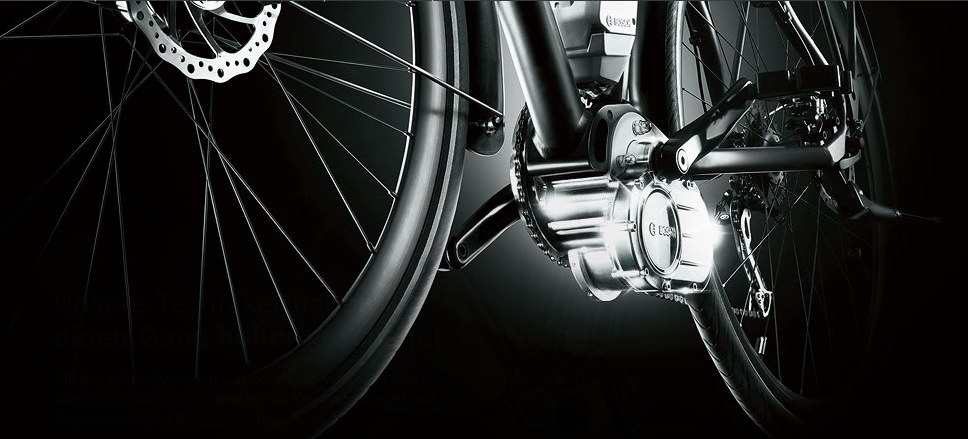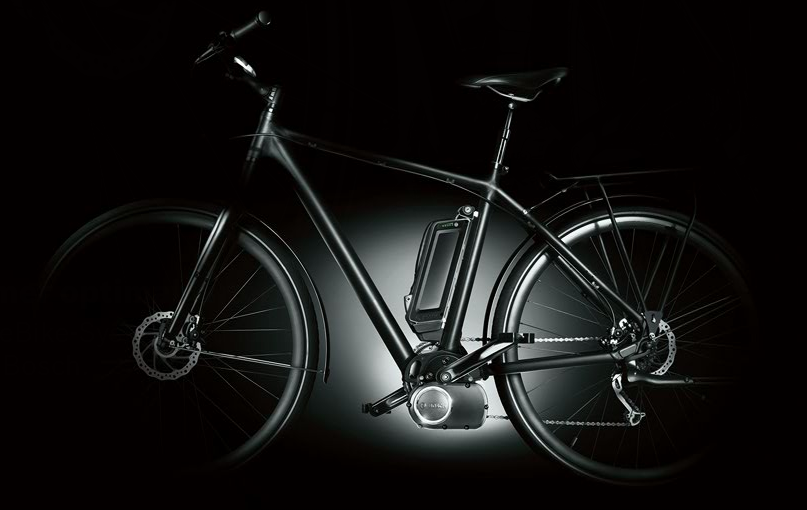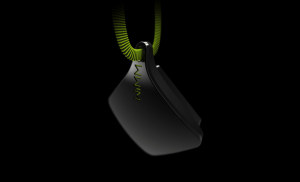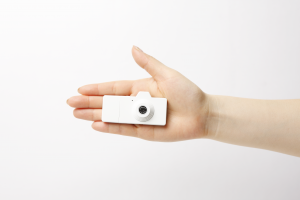Bikes (and subproducts) are making a big comeback this decade, and especially this year 2010 where last month @ Eurobike several new concepts & products where presented. The 2-wheel industry & personal mobility products have become extremely popular… and attractive… even for car manufacturers….
Like the Yikebike, Honda’s U3-X, or more classically redesigned bikes like the Pilen bike. Bosh (in partnership with Cannondale) presented their eBike & “Bosch drive” system which includes: a drive unit with sensors (for speed, pedaling power & frequency), a battery pack with its charger and the control computer on the handlebars.
Seems like everyone in the bike industry knew Bosch (mostly known for being a car component’s manufacturer) was preparing something for the two-wheel vehicle, and their first models will start selling next year.
“Bosch will be building electric drives for e-bikes in the future and wants to become one of the leading providers in this expanding market ….. The core of the e-bike drive is the drive unit, consisting of an electric motor with control unit and sensors. Electric power – the fuel for an e-bike – is provided by the included battery pack, the charger replaces the gas station, and the control computer on the handlebars also provides the usual bicycle computer functions”.
Well, in the end is nothing more (nothing less) than an electric-powered (assisted) bike… but it’s all about “efficiently designed” products for no human energy-waste: “the electric motor can always be measured accurately and no milliampere of power or meter of range be wasted, the control electronics of the drive must know how fast the rider is moving and how hard he or she is pedaling. This data is pulled several time per second from three sensors in the drive unit, and used to calculate the exact motor support appropriate to the current situation. For example, if a headwind comes up, the e-biker has to pedal harder to keep the same speed. The pedal force sensor reports this to the computer in the drive unit, which reacts immediately and supports the rider with a little more motor power”.




















